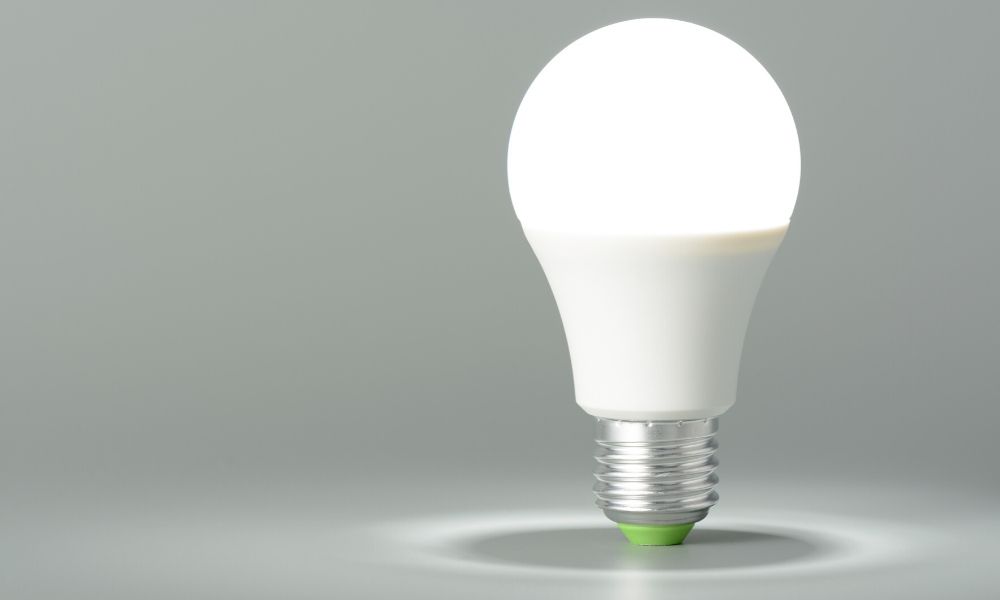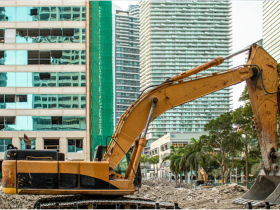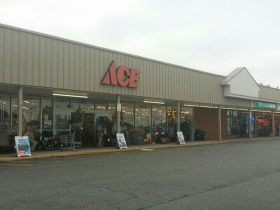In recent years, LED lighting has become an increasingly popular choice across different settings. From homes and offices to large-scale commercial environments, LED technology offers a flexible and efficient way to illuminate spaces. Two key components in this realm are LED strip lights and LED modules. Understanding their features, uses, and benefits can help in making informed lighting decisions, whether for design, functionality, or energy efficiency.
Introduction to LED Lighting Solutions
LED, or Light Emitting Diode, technology stands out for its longevity, energy efficiency, and versatility. Unlike traditional bulbs, LEDs use less power to produce the same amount of light and tend to last much longer. Within the broad LED category, strip lights and modules serve distinct purposes but often complement each other depending on the lighting needs.
Understanding LED Strip Lights
LED strip lights are essentially flexible circuit boards embedded with small LEDs. This flexibility allows them to fit into a variety of spaces, making them ideal for both decorative and functional purposes. These strips can be cut to size, bent around corners, or layered to create intricate lighting designs.
When searching for led strip lights suppliers, it’s important to consider the range of products available, including brightness levels, color options, and waterproof ratings. Different environments demand different specifications, and reliable suppliers typically offer a variety of choices to meet these diverse needs.
Commonly, LED strip lights are found in homes under cabinets, along staircases, or in coves to add soft ambient lighting. In commercial environments, they are used to highlight architectural features or provide accent lighting in display cases. Because of their slim profile and adaptability, LED strips offer a subtle yet effective light source.
Exploring LED Modules
LED modules are slightly different. They consist of a small printed circuit board with a cluster of LEDs arranged in a fixed layout, typically enclosed in a durable casing. Modules are often more rigid than strips and provide a more focused, intense light output.
The term led module often refers to these compact units used for signage, backlighting, or applications where uniform light distribution is critical. Their sturdy build also makes them suitable for outdoor and industrial settings where durability matters.
These modules are commonly used in signage, backlighting for billboards, or applications requiring uniform illumination over a flat surface. Because of their robust design, LED modules are well-suited for outdoor use and environments where lighting needs to withstand harsher conditions.
The main distinction between LED modules and strip lights lies in their form and intended application. While strip lights are flexible and suited for decorative or indirect lighting, modules are structured for more direct, targeted illumination.
Material and Quality Considerations
Quality plays a significant role in how well LED strips and modules perform over time. High-quality materials contribute to better heat dissipation, which directly impacts the lifespan and brightness stability of the LEDs.
When looking into LED strips or modules, it’s important to consider the type of LEDs used, the circuitry, and the protective coatings. Poor materials can lead to issues such as color fading, dimming, or early failure. Conversely, well-made products maintain consistent performance and reduce maintenance needs.
Installation and Maintenance Basics
Installing LED strips or modules generally requires some basic tools and understanding of electrical safety. LED strips usually come with adhesive backing for easy mounting, but they also need proper power supplies that match voltage and current requirements.
Modules often require screw mounting and wiring connections. In either case, attention to installation details like proper insulation, avoiding water exposure (unless rated for waterproof use), and secure mounting can prevent common problems such as flickering or short circuits.
Maintenance for LED lighting is relatively straightforward. Keeping the surfaces clean from dust and ensuring connections remain secure will help maintain brightness and extend the product’s life. Unlike traditional bulbs, LEDs don’t burn out suddenly but gradually dim, making early detection and replacement easier.
Energy Efficiency and Environmental Impact
One of the strongest points of LED lighting, including strips and modules, is energy efficiency. LEDs convert most of the energy they consume into light rather than heat, which means less wasted power and lower electricity bills.
Moreover, their long lifespan reduces the frequency of replacements, which in turn lowers waste and environmental impact. Many LEDs are also free of harmful substances like mercury, common in some older lighting technologies, making them a safer choice for the environment.
Industry Applications and Trends
Various industries have adopted LED strip lights and modules for their lighting needs. Retailers use them to create eye-catching displays, enhancing product visibility without excessive heat. In the hospitality sector, LED strips add ambiance to dining areas, while modules provide reliable exterior signage lighting.
Emerging trends in LED lighting include smart controls that allow for color and brightness adjustments via mobile apps, as well as integration with sensors for energy-saving automation. There is also a growing emphasis on sustainable lighting designs that minimize environmental footprints while maximizing efficiency.
Conclusion
LED strip lights and LED modules each have unique characteristics that suit different lighting challenges. Whether the goal is to add subtle background lighting, ensure clear and uniform illumination, or improve energy efficiency, understanding these options helps in choosing the right solution. As LED technology continues to evolve, these lighting components remain central to both innovative design and practical application in modern environments.












